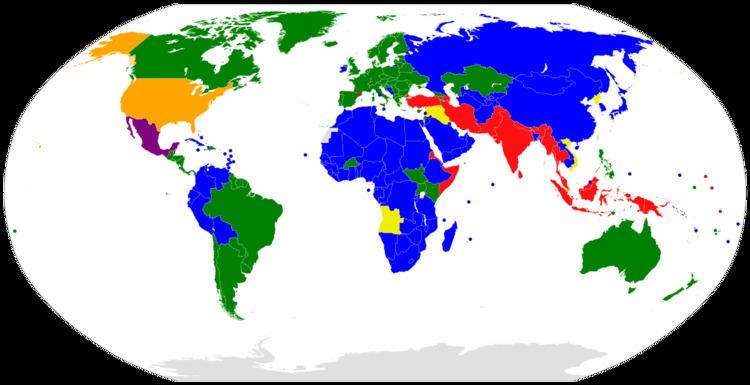 | ||
Protocol II is a 1977 amendment protocol to the Geneva Conventions relating to the protection of victims of non-international armed conflicts. It defines certain international laws that strive to provide better protection for victims of internal armed conflicts that take place within the borders of a single country. The scope of these laws is more limited than those of the rest of the Geneva Conventions out of respect for sovereign rights and duties of national governments.
Contents
As of January 2015, the Protocol had been ratified by 168 countries, with the United States, Turkey, Israel, Iran, Pakistan, and Iraq being notable exceptions. However, the United States, Iran, and Pakistan signed it on 12 December 1977, which signifies an intention to work towards ratifying it.
Simon phillips protocol ii soothsayer
Introduction
Historically, international law of armed conflict addressed traditional declarations of war between nations. When the Geneva Conventions were updated in 1949 after the Second World War, delegates sought to define certain minimum humanitarian standards to situations that had all the characteristics of war, without being an international war.
These negotiations resulted in Article 3, common to all four of the basic treaties of the Geneva Conventions of 1949. Common Article 3 applies to armed conflicts that are not of an international character, but that are contained within the boundaries of a single country. It provides limited protection to victims, including:
By the 1970s, diplomats were attempting to negotiate clarifications to the brief language of Article 3, and to extend the scope of international law to cover additional humanitarian rights in the context of internal conflicts. These efforts resulted in Protocol II of the Geneva Conventions. The debate over this protocol centered on two conflicting ideas. First, that the distinction between internal and international armed conflict is artificial from the point of view of a victim. Humanitarian principles should apply regardless of the identity of the combatants. Second, that international law does not apply to non-international situations. A nation has sovereignty within its borders, and must not accept judgments by and orders from other countries.
